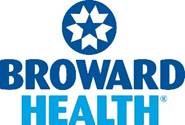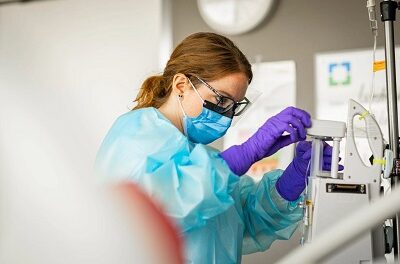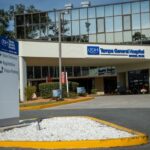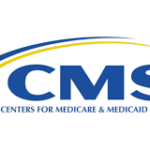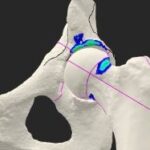June 21, 2022 – Broward Health Patients are Having Better Outcomes Thanks to Timely Treatment and New Technology.
When 77-year-old retired businessperson Karen Collins went with her husband to his routine cardiologist’s appointment in November 2021, the last thing she expected was to have a stroke. “I went to stand up and couldn’t. Then I realized I couldn’t feel my right arm. After that, everything went foggy. I could hear but couldn’t talk back.”
Within minutes, Collins was transported to Broward Health Medical Center via an ambulance. She doesn’t remember the ride that Monday morning, and the next few days were a blur. But Collins left the hospital that Friday without any of the deficits people often associated with stroke.
“I had feeling back in my arm and leg. I was walking and talking,” she said. The Massachusetts native added she was back to her yoga within weeks, and even does strength training with her exercise group over Zoom. “Nothing has changed. I decide what I want to do, and I do it.”
Writing a New Story for Stroke
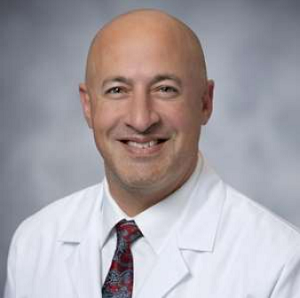
Shaye Moskowitz, M.D., Ph.D.,
Collins’s story is somewhat new when it comes to stroke, said Shaye Moskowitz, M.D., Ph.D., medical director of neurosciences at Broward Health. “We used to approach stroke with two strategies: First, hope that the brain would relearn functions it lost. Second, try to prevent whatever caused the stroke in the first place from happening again.”
Broward Health continues to offer patients skilled physical, occupational and speech therapy to retrain the brain and deliver treatments to prevent a secondary event. Newer treatments like alteplase and mechanical thrombectomy
can eliminate clots and restore blood flow to prevent permanent damage.
More Than the Latest Treatments
Dr. Moskowitz noted that effective and comprehensive stroke care is more than just offering the latest clot-busting drugs or surgery.
“We pay attention to the nuances of the process,” he said. “We focus on getting somebody from the door to the neurovascular suite as quickly as possible. We strive to have the best communication with EMS so we know what to prepare for. This is ultimately where the technology has taken us: being able to correctly identify which patients will benefit from care and knowing how to best intervene.”
Dr. Moskowitz explained that stroke care at Broward Health has adapted cues from gold-standard cardiac care. “Our goal is to keep getting better at giving patients their options as fast and seamlessly as possible. How do we get even faster and more streamlined? That’s where we’re putting our effort, so we keep seeing positive outcomes like Karen’s.”
Saving Brain Tissue
Two brain-saving treatments for ischemic (clot-based) strokes are alteplase and mechanical thrombectomy. Both are offered at Broward Health and were vital to Collins’s recovery, noted interventional neurologist Ridwan Lin, M.D., who oversaw her care.
What is Alteplase?
This drug is designed to bust blood clots. The Food and Drug Administration approved it in 1996, and it can only be used within about four-and-a-half hours of a stroke occurring.
“Because of the relatively short window, it’s critical to get help fast,” Dr. Lin said. “Ninety days out from their stroke, people who received alteplase are more likely to recover and live on their own.”
What is Mechanical Thrombectomy?
During this minimally invasive surgery, physicians remove clots via a catheter. “It has been in use since 2015, when it was shown to demonstrate clinical benefits in large-artery clots,” Dr. Lin explained.
The procedure can be completed within 24 hours for patients whose CT scans show large sections of brain tissue that can potentially be saved with intervention.
B.E. F.A.S.T. and Call 911
The FAST acronym for recognizing stroke symptoms recently got an upgrade to help quickly identify strokes. Look for signs of stroke and remember to BE FAST:
B = Balance. Look for any sudden changes or difficulty walking.
E = Eyes. Ask the person whether their vision changed. Blurry or double vision is common.
F = Face. Ask the person to smile to see whether one side of the face droops.
A = Arm. Ask if the person can raise either arm. They may also feel weakness.
S = Speech. Listen for difficulty speaking or slurred speech. Ask the person to repeat a short sentence.
T = Time. If you see any of these signs, seek help immediately by calling 911.




